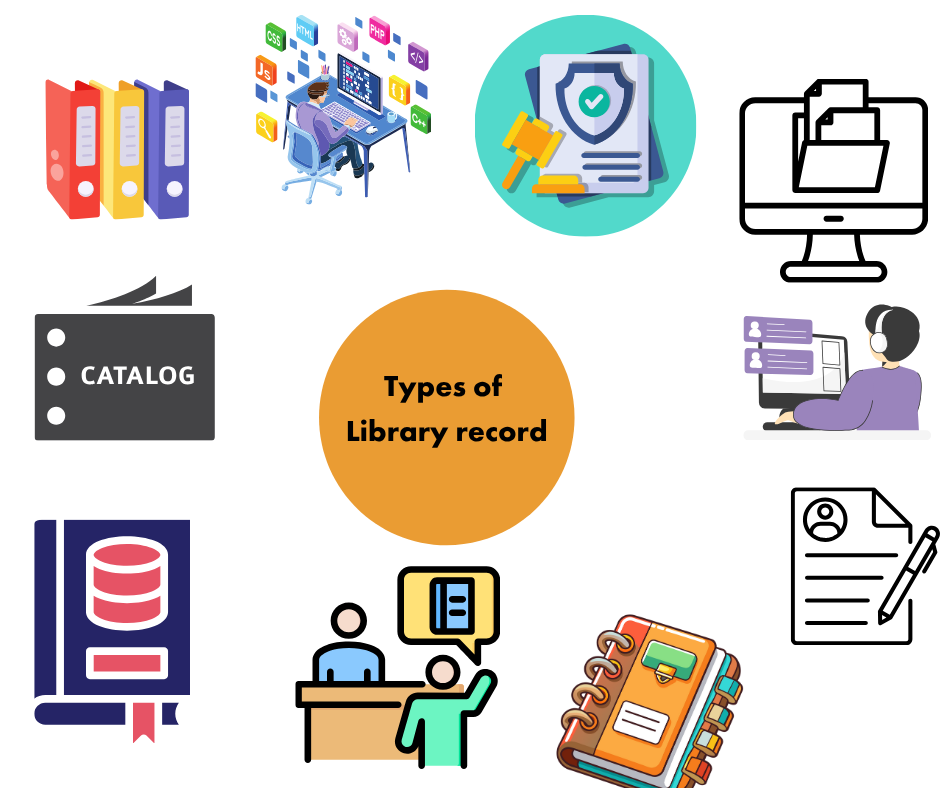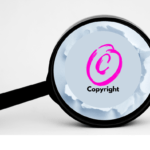The idea of collecting and preserving written human knowledge in a proper manner is a feat of the early period of man. Before going into the detailed discussion, we should know how man chose bookkeeping as a profession, what is the experience of the people associated with various types of libraries. In this regard, the world of human thought can be mentioned. When someone in the society does some important work, others are inspired by it. The accomplished works of man have been considered as a constant source of inspiration for others throughout the ages. Therefore, scholars have called the source of inspiration works as ‘communicative activities’. It is seen that man is inspired to take the greatest steps to express his desires in himself to express himself, and even inspires others through various arts and techniques.
Recording:
Recording the ideas originating from the world of human thought is an excellent and important means of communication. There is a wonderful close relationship between the concept of the library and the recording of human thought. When the ideas are recorded, they are suitable for collection, preservation, and communication. As a result, their proper arrangement is also possible. To establish communication, the present with the future, the near future with the representatives of the future, it is possible only through the preserved written knowledge. Human thoughts which are recorded in the form of books – manuscripts – periodicals – phonorecords – microfilms – graphs – charts etc. are only the best means of communication and the repository of these, i.e. the library, is a reliable source of communication.
Library records are vital documents that support the effective management, tracking, and evaluation of all activities, services, collections, and user interactions within a library setting. These records can be organized into distinct categories based on their specific functions and purposes, each playing a crucial role in the overall operation and service delivery of the library.

Comprehensive Types of Library Records
1. Administrative Records
These records are focused on the overarching management and operational aspects of the library. They ensure that library policies, finances, and staffing are effectively documented and communicated.
- Policy Manuals: Detailed guidelines and regulations governing library operations, staff conduct, and service delivery.
- Annual Reports: Comprehensive summaries of the library’s performance, including statistics, achievements, and challenges over the fiscal year.
- Budget and Financial Reports: Documents that outline the library’s financial health, including income, expenditures, and projections for future funding.
- Meeting Minutes: Records that capture discussions, decisions, and action items from staff and board meetings, allowing for accountability and transparency.
- Staff Records: Information on hiring, professional development, performance evaluations, and roles of library personnel.
2. Acquisition and Collection Records
These records are critical for managing the growth and sustainability of the library’s collection, ensuring that resources align with user needs and institutional goals.
- Accession Register: A ledger that tracks new items added to the collection, providing a historical account of acquisitions.
- Purchase Orders and Invoices: Documentation of all purchases made for the library’s collection, including pricing, vendors, and terms of sale.
- Gift and Donation Records: Records that acknowledge contributions from patrons and organizations, detailing the nature and value of donated items.
- Subscription and Licensing Agreements: Documents that outline the terms of access and usage for subscribed databases, journals, and digital resources.
- Weeding/Discard Lists: Evaluative lists used to determine which items should be removed from the collection due to factors like redundancy, condition, or lack of circulation.
3. Cataloging and Classification Records
These essential records support bibliographic and authority control, ensuring that library materials are organized and accessible to users.
- MARC Records (Machine-Readable Cataloging): Structured records that facilitate the exchange of bibliographic information in an automated format for cataloging systems.
- Classification Schedules (e.g., DDC, LCC): Systems that organize library materials by subject, making it easier for users to locate and browse items of interest.
- Authority Files (Author, Subject Headings): Controlled vocabulary lists used to maintain consistency in naming and categorizing materials.
- Catalog Maintenance Logs: Logs that document updates, corrections, and changes made to catalog entries, ensuring the integrity and accuracy of records.
4. Circulation Records
These records are valuable for tracking the lending and return of materials, helping to monitor user behavior and resource utilization.
- Borrower/User Records: Information about library users, including personal details and borrowing privileges, vital for managing circulation.
- Loan and Return Logs: Detailed records that track when items are borrowed and returned, often used to assess material circulation trends.
- Overdue Notices: Alerts sent to users regarding items that have not been returned by the due date, encouraging timely returns and minimizing loss.
- Reservation and Hold Lists: Management of user requests for materials currently checked out, helping to facilitate access to high-demand resources.
5. Reference and Information Service Records
These records document the assistance provided to users, illustrating the library’s role in supporting research and inquiry.
- Reference Queries Log: A record of inquiries made by users, documenting the nature of questions and the assistance provided, crucial for evaluating service effectiveness.
- Online and In-Person Reference Statistics: Data that show trends in reference service usage, helping to tailor services to meet user needs.
- Interlibrary Loan (ILL) Requests: Documentation of items requested from other libraries, enhancing the library’s resource offerings through cooperative agreements.
6. User Records
These records encompass information about library users and their activities, which helps in understanding usage patterns and improving services.
- Membership/Enrollment Forms: Documents filled out by users to register for library services, capturing essential contact information and demographics.
- Usage Statistics: Data collection on how often users access various resources, helping to inform collection development and user engagement strategies.
- Feedback and Suggestion Forms: Records of user feedback regarding services and collections that provide insights for continuous improvement.
7. Technical Service Records
These internal records support the library’s infrastructure and operations, ensuring seamless delivery of services.
- Binding and Repair Records: Documentation of the maintenance and repair efforts for library materials to prolong their usability.
- Inventory and Shelf List Records: Regularly updated records that track the physical location and status of items within the library, aiding in efficient management.
- Software and System Maintenance Logs: Records that detail updates, troubleshooting efforts, and system upgrades, ensuring the library’s technology operates smoothly.
8. Digital and Electronic Records
These records pertain to the library’s digital resources and services, supporting a growing need for online access.
- Digital Resource Usage Reports: Analytics on how users engage with digital collections and online databases, informing decisions on resource allocation and subscriptions.
- Licensing and Access Logs: Documentation surrounding the accessibility of electronic resources, including terms of use and user authentication procedures.
- Institutional Repository Uploads: Records of materials submitted to the library’s digital repository, enhancing visibility and access to scholarly work.
9. Legal and Compliance Records
These records ensure that the library adheres to relevant laws, regulations, and ethical standards, safeguarding both the institution and its users.
- Copyright Permissions: Documentation of any permissions granted for the reproduction or distribution of copyrighted materials, protecting the library from legal infringement.
- Data Protection and Privacy Compliance Records: Records that demonstrate adherence to legislation governing user data protection and privacy rights.
- Contracts and MOUs: Binding agreements with vendors, partners, and institutions that outline terms and responsibilities in collaborative efforts.
10. Miscellaneous Records
This category encompasses various records that do not fit neatly into the established classifications but play important roles in library operations.
- Event and Program Records: Documentation of library-sponsored events and programs, including planning notes, attendance records, and evaluations.
- Publicity and Marketing Materials: Records of promotional efforts, including flyers, brochures, and advertisements aimed at increasing library visibility and user engagement.
- Training and Workshop Records: Documentation of staff training sessions and user workshops, including agendas, attendance, and outcomes to foster skill development.
These types of records collectively enhance the library’s ability to serve its community effectively while maintaining accountability and demonstrating its value as an informational and cultural hub.



